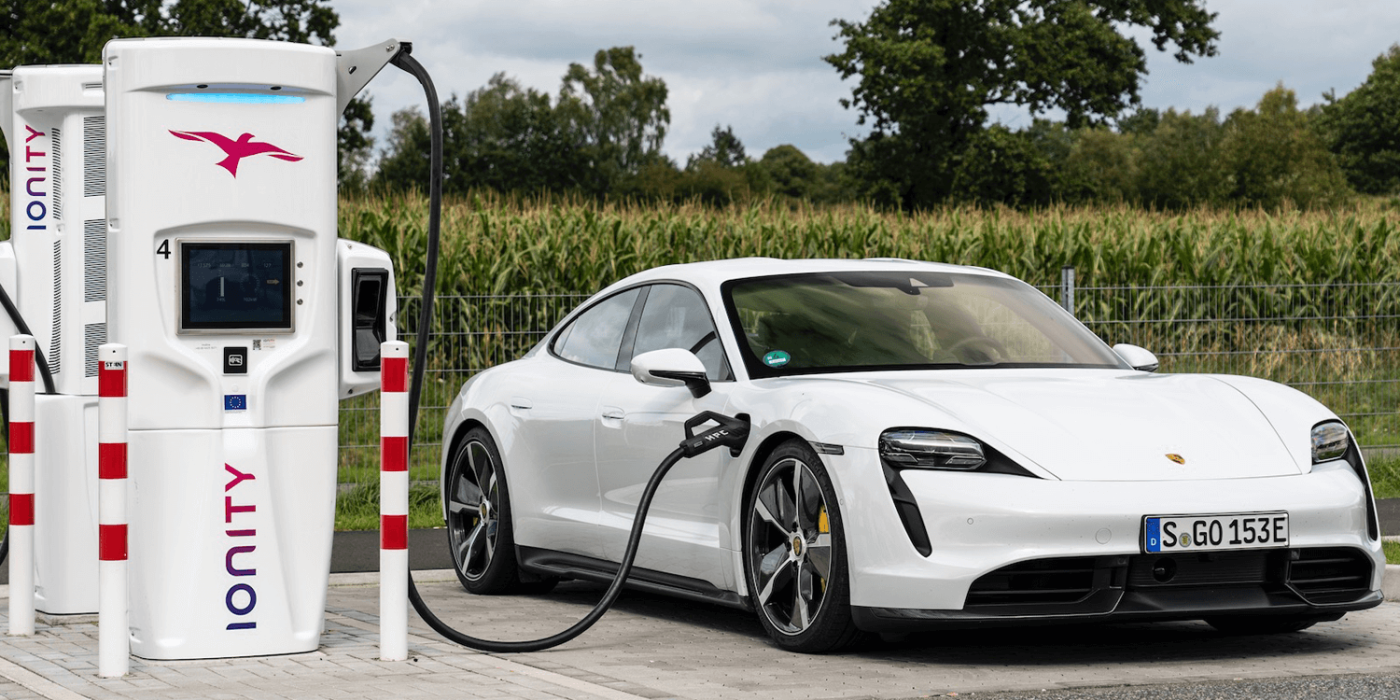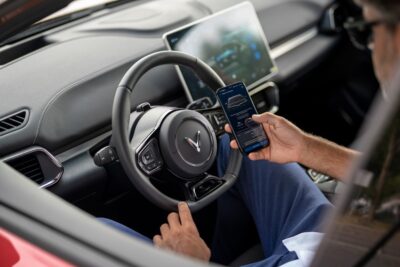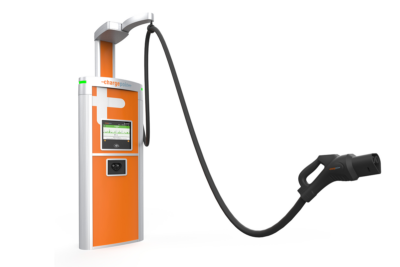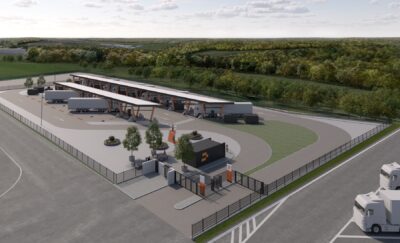Ionity now has Plug&Charge accross EU network
In Europe, Ionity is now able to offer Plug&Charge functionality at all of its charging stations. After an initially gradual introduction in the past months, the Munich-based company says that Plug&Charge is now available at all 371 Ionity locations currently in Europe.
Plug&Charge automatic authentication and charging authorisation is based on the ISO 15118 standard. The function makes RFID cards and mobile apps superfluous by having the vehicle communicate directly with the charging station. The first tests for ISO-15118 communication between charging station and vehicle already took place at Ionity at the end of 2018.
Plug&Charge has actually been available at Ionity charging stations in Germany, Norway, Denmark, Sweden, Finland, Italy and the Czech Republic for some time now. Since the beginning of 2021, the function has been established in twelve other countries in Europe. The significant infrastructure development has gone largely unnoticed because so far, too few vehicles have Plug&Charge connections. The Porsche Taycan was the first compatible vehicle with Plug&Charge ability since October 202o but recently, the Ford Mach E and the Mercedes EQS have also come to market with Plug&Charge functionality. The large-volume models are still missing from this picture, but VW, for example, says that it sees Plug&Charge as an essential convenience feature and will introduce the technology to other vehicles in the coming year without revealing further details.
Ionity says that although the new charging process with Plug&Charge is very simple and easy to use for drivers, it was a very complicated process getting it up and out across the network. “Getting the communication chains up and running was a major challenge. It was necessary to develop Plug & Charge as an entire ecosystem,” explains Dr Susanne Koblitz, Head of Charging Technology at Ionity. “Together with relevant players in the industry, we implemented a standardized system that enables all partners to authenticate each other, allowing the electric vehicle and the charging station to communicate while ensuring confidentiality, data integrity and authenticity.”
For Ionity users with Plug&Charge-enabled vehicles, as soon as the charging cable is plugged into the vehicle, the car is automatically identified at the charging station and authorised to charge. For this purpose, charging current contracts are read directly from the vehicle and protected by digital certificates. The charging process only starts after successful authentication. Billing is also automated and all the necessary information is stored in the vehicle’s onboard system.
We already talked to Dr Susanne Koblitz at the end of last year about the complexity of software integration and validation processes behind this “seamless charging experience”.






0 Comments